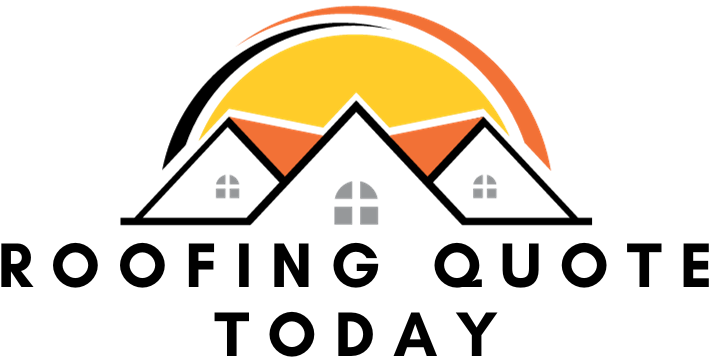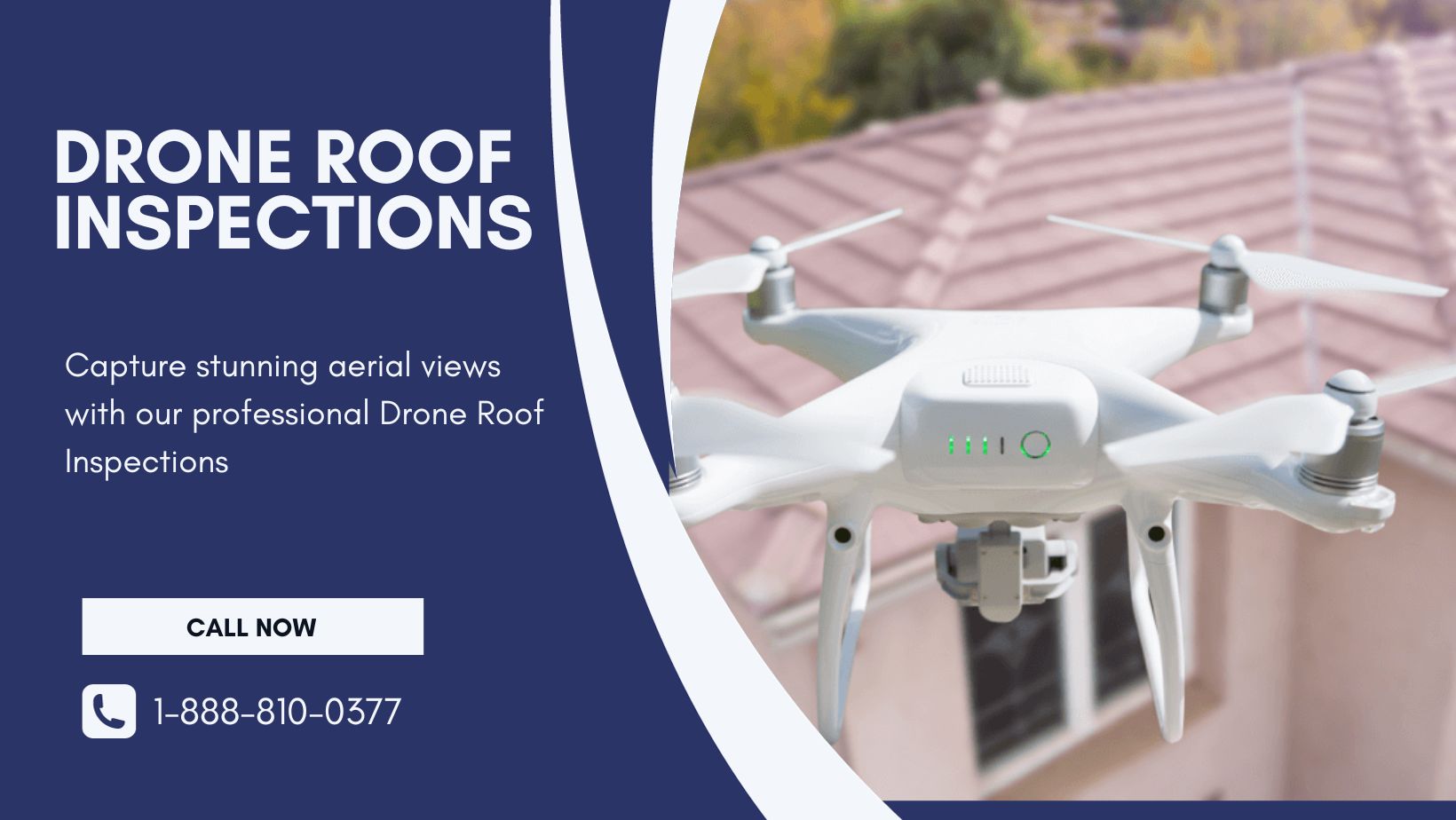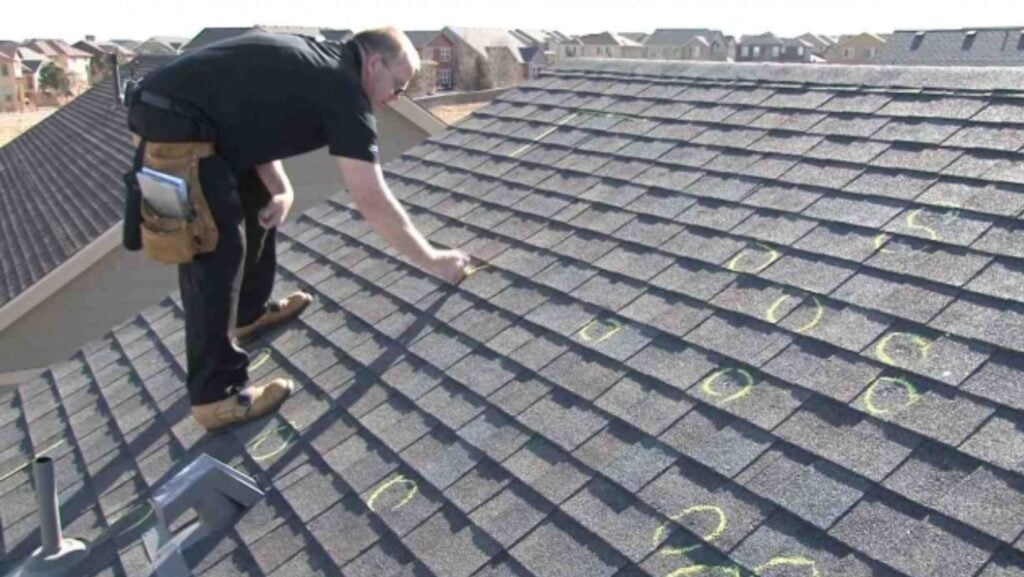In the past, inspecting a roof required a ladder, a pair of binoculars, and a lot of time and effort. Today, advancements in technology allow safer, more efficient, and cost-effective roof inspections. Drones have high-resolution cameras. They can capture detailed images and videos of roofs from many angles. This provides property owners with a comprehensive view of their roof’s condition. This blog will explore the advantages of drone roof inspections. It will explain how they work and compare them to traditional methods. The blog will also discuss their limitations.
The Basics of Drone Roof Inspections
Drone technology has revolutionized the way inspections are conducted in roofing maintenance. Unmanned aerial vehicles are equipped with high-resolution cameras. They provide a safe and efficient means of obtaining detailed images and videos of roofs. They enable property owners to gain a comprehensive understanding of their roof’s condition.
Traditional methods involve ladders and binoculars. Drone Roof Inspections can capture intricate visuals from various angles. They can reach hard-to-reach areas such as chimneys and skylights. This eliminates the need for inspectors to climb onto roofs, minimizing the risk of accidents and potential damage to the roof itself.
Furthermore, the efficiency of drone inspections is remarkable. Drones can cover extensive roof areas in a fraction of the time compared to conventional methods, making the process swift and cost-effective.
The captured data from drone inspections provides invaluable insights for property owners. Property owners can make informed decisions about repairs and maintenance. They can do this by identifying potential issues. These issues include leaks, cracks, missing shingles, and other forms of damage. This proactive approach prevents minor problems from escalating. It also prevents costly repairs down the line.
Drones have transformed roof inspections, making them safer, more efficient, and more comprehensive. Property owners can now understand their roof’s condition. This is possible without the hassle and risks of traditional inspection methods. Embracing drone technology empowers property owners. It helps them maintain their roofs. This ensures the longevity and structural integrity of their properties.
Advantages of Drone Roof Inspections
Drone roof inspections- offer many advantages over traditional methods. These include enhanced safety, time efficiency, comprehensive coverage, high-quality imagery, and cost-effectiveness.
- Enhanced Safety: Traditional Roof Inspections need technicians to climb onto roofs. This can be dangerous, especially for steep or slippery roofs. Drone inspections cut this risk. They allow inspectors to inspect roofs from the ground.
- Time Efficiency: Drone inspections are much faster than traditional inspections. A drone can inspect a roof in a matter of minutes, while a traditional inspection can take hours or even days. Businesses that need to assess their roofs can save significant time.
- Comprehensive Coverage: Drones can provide a more comprehensive view of a roof than traditional inspections. They can capture images and videos of areas that are difficult or impossible to reach by foot. These areas include chimneys, skylights, and valleys. This comprehensive coverage ensures that we do not miss any potential problems.
- High-Quality Imagery: Drones can capture high-quality images and videos of roofs. This imagery can be used to identify even small problems, such as missing shingles, cracks, and leaks. Drones can also use high-quality imagery to create detailed reports that homeowners or business owners can share.
- Cost-Effectiveness: roof inspections are more cost-effective than traditional inspections. Drones do not require the use of scaffolding or other equipment, and a single inspector can operate them. Drone inspections are cost-effective. They are a viable option for businesses of all sizes.
- How Drone Inspections Work
This section explains how drone inspections work. Drones equipped with high-resolution cameras can capture images and videos of your roof from various angles. The drone is flown over your roof, and the camera captures images of the entire surface. Specialized software processes these images to create a detailed map of your roof. The software can also be used to identify potential problems, such as missing or damaged shingles, leaks, and other issues.
The drone inspection process involves the following steps:
- Pre-flight planning: The drone pilot will assess the roof to be inspected during pre-flight planning. They will determine the best flight path. They will also check weather conditions and make sure that it is safe to the drone.
- Drone flight: The drone is flown over the roof, and the camera captures images of the entire surface. The drone will be in a grid pattern to ensure that all areas of the roof are covered.
- Image processing: The images captured by the drone are processed using specialized software to create a detailed map of the roof. This map can be used to identify potential problems. For example, you can spot missing or damaged shingles, leaks, and other issues.
- Report generation: The drone pilot will generate a report. The report will include images, videos, and maps of the roof. Homeowners or business owners can use this report to make decisions about Roof Repairs or Replacements.
Drone roof inspections are safe, efficient, and cost-effective. They’re a great way to look for potential problems. They can provide you with a comprehensive view of your roof’s condition. This will help you to identify potential issues before they become major problems.
Drone Roof Inspections vs. Traditional Inspections: a Comparison
Drone roofing inspections offer many advantages over traditional inspection methods. They enhance safety by eliminating the need for technicians to climb onto roofs, reducing the risk of accidents and injuries. Traditional inspections often require technicians to walk on rooftops. This can be hazardous, especially on steep or slippery surfaces. Drones can navigate these areas without putting anyone at risk.
Drones can capture comprehensive data about a roof’s condition. This reduces inspection time compared to traditional methods. This time-saving aspect is particularly beneficial for large or complex roofs. They would require extensive manual inspection. Drone inspections are efficient. They help businesses identify and address issues, minimizing downtime and maximizing productivity.
Drone roof inspections also provide a more detailed and comprehensive analysis of a roof’s condition. Drones can capture high-resolution images and videos from various angles. They can reach hard-to-access areas where traditional inspections may not be possible. This comprehensive coverage ensures that even minor issues or potential problems are identified. It enables timely maintenance and repairs.
Also, roof inspections offer superior image quality. They provide inspectors with crystal-clear visuals for precise analysis. Drones capture high-quality images and videos. This allows for a thorough assessment of the roof’s condition. They can identify even small defects or damage that traditional inspections might miss. This level of detail is crucial for ensuring the longevity and integrity of the roof.
Finally, roof inspections are more cost-effective compared to traditional methods. This is especially true for large or complex roofs. Drones are a cost-effective solution for roof inspections. They reduce labor costs, save time, and provide comprehensive coverage. Businesses can save significant time and money by using drones for roof inspections. This allows them to divide more resources into other essential areas.
Limitations of Drone Roof Inspections
We offer many benefits. But, there are also some limitations to consider. These include weather dependency, limited payload capacity, visual limitations, privacy concerns, and cost.
- Roof inspections are dependent on weather conditions: Strong winds, heavy rain, and snow can make it difficult or even dangerous to a drone. They can also affect the quality of the images and videos captured.
- Drones have a limited payload capacity: This means they can only carry a certain amount of weight. Cameras and sensors can be limited in their use for inspection due to this.
- Drones also have visual limitations: They can only see what is visible from the air. They may not be able to detect problems that are hidden from view, such as structural damage or leaks.
Privacy concerns are another potential limitation of drone roof inspection. Drones can capture images and videos of people and property without their knowledge or consent. This could raise privacy concerns.
Finally, roof inspections can be more expensive than traditional methods. This is especially true for small roofs or for inspections that must have specialized equipment.
Before deciding whether to use them, it is important to weigh the benefits and limitations of inspections. Drone roof inspections can be a valuable tool for inspecting roofs. But, it is important to be aware of their limitations.



